Poisonous plants and construction
Outdoor work can be hazardous - even with appropriate health and safety policies and risk assessments - if employees do not understand the risks and receive appropriate training to manage their own PPE responsibilities, then they may be putting themselves at increased risk.
The UK has its share of poisonous plants that may cause rashes, illness, and - in rare cases - death. When working in remote locations, or on building sites, make sure to assess the dangers on site, and remove (if possible) any plants that may cause harm to workers. The following plants are poisonous when ingested, but mostly skin irritants.
Plants that are skin irritants:
- Wolf’s Bane: Cases of accidental poisoning are rare, but the plant’s toxins can slow the heart rate, cause upset stomach, and can be fatal. Only handle with gloves.
- Stinging Nettles: A common sight in the UK, nettles have needle-like hairs which penetrate the skin and sting you. It’s accompanied by burning, itching, and rash. Use dock leaves to neutralise and cool the skin.
- Giant Hogweed: This plant grows up to five metres tall (16 feet) along footpaths and riverbanks, and the plant’s sap can cause severe painful burns if it comes into contact with the skin. It will make the skin sensitive to strong sunlight. Wash affected areas with soap and water. The blisters heal slowly and can cause phytophotodermatitis, which flares in sunlight. If you feel unwell after exposure, go to your doctor.
- Thorny Plants: Needles and spines from roses, holly, blackberry bushes, and brambles can cause infections on the skin. If you are stuck by a thorn, remove the thorns and soak the area in warm water. Wear protective gloves around these plants.
Wolf’s Bane: Photo credit: 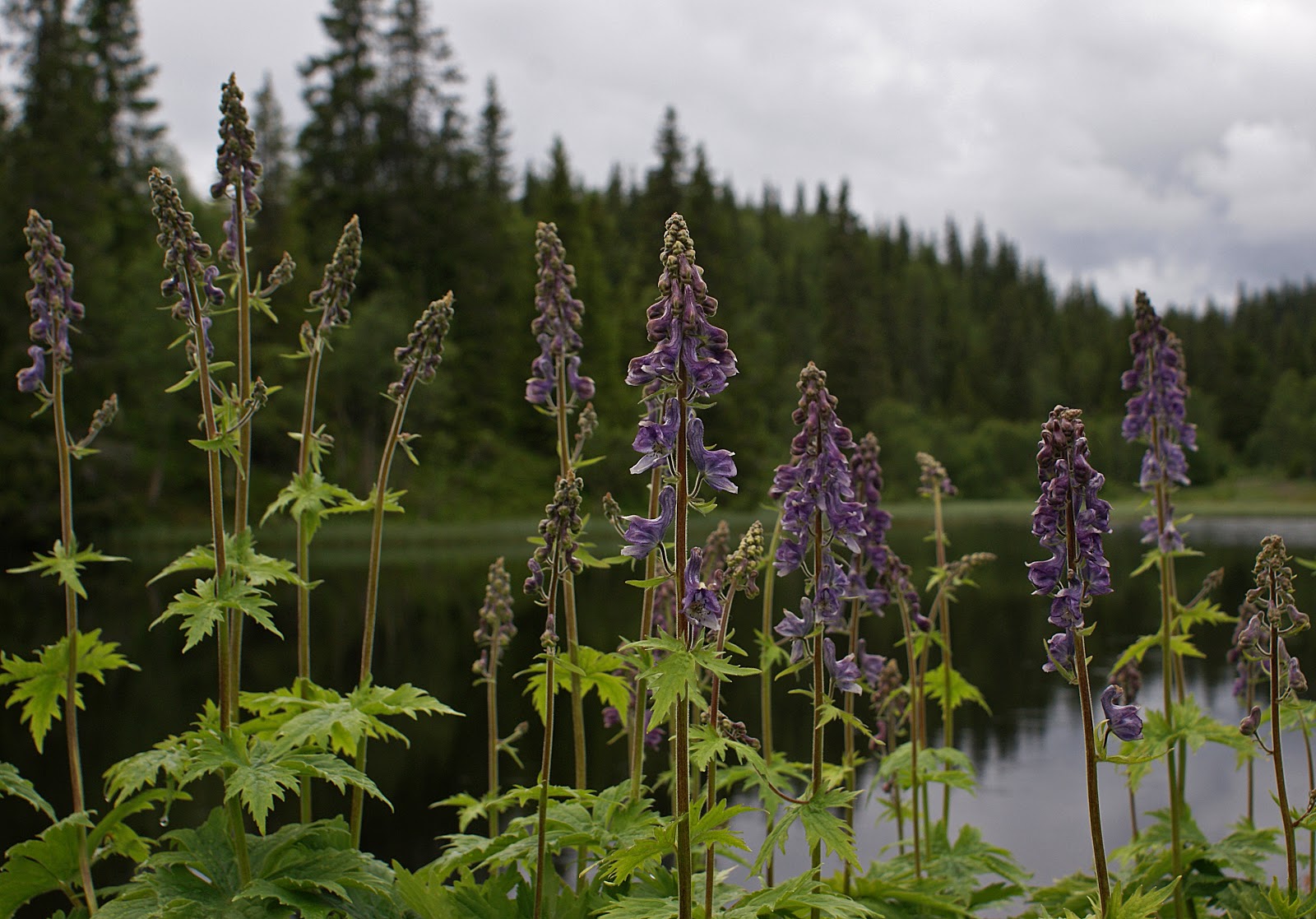
|
Stinging Nettles: Photo credit: 
|
Giant Hogweed: Photo credit: 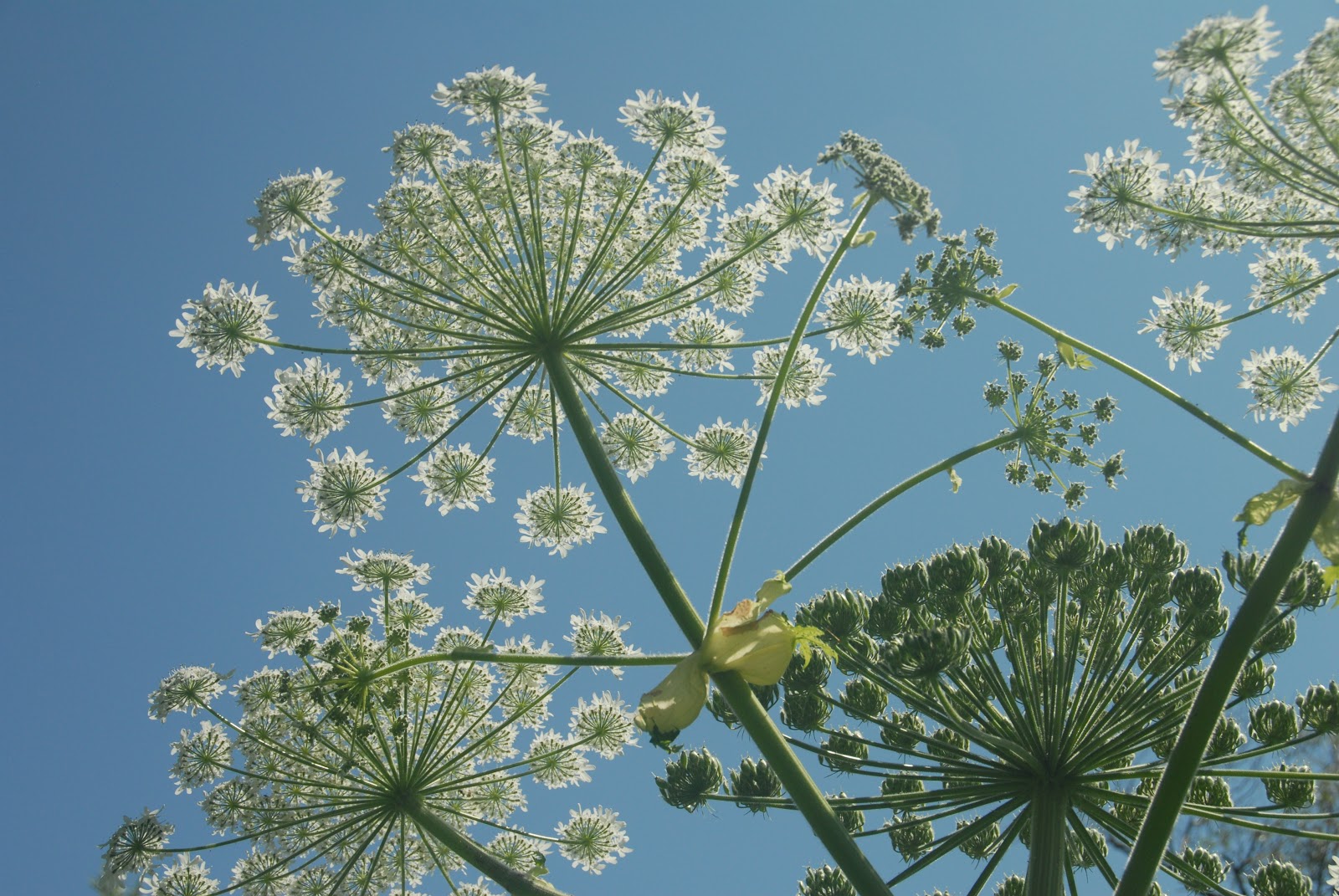
|
Thorny Plants:Photo credit: 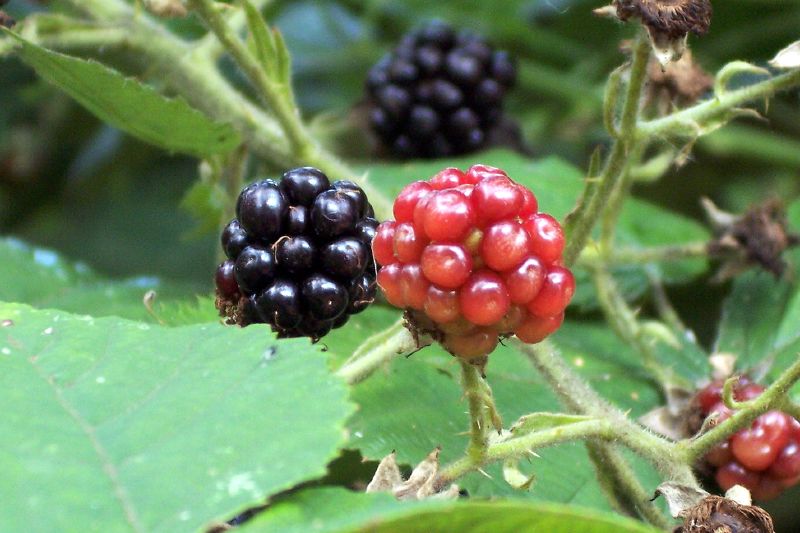
|
Plants that are poisonous when ingested:
These plants have leaves, berries, fruit, flowers, sap, or bulbs that can poison you if you eat them or give you a rash if you touch them.
- Poison hemlock
Photo credit: Dendroica cerulea via Visual Hunt / CC BY-NC-SA
- Foxgloves
Photo credit: dierken via VisualHunt / CC BY
- Lords and ladies
Photo credit: Johnson Cameraface via VisualHunt / CC BY-NC-SA
- Deadly nightshade
Photo credit: Plbmak via Visualhunt.com / CC BY-NC-ND
- Yew
Photo via VisualHunt.com
- Daffodil Bulbs
Photo credit: delayedneutron via VisualHunt.com / CC BY-NC-SA
- Chrysanthemums
Photo via Visualhunt.com
- Snowdrops
Photo credit: matthewvenn via Visual Hunt / CC BY-SA
- Mistletoe
Photo credit: bluefuton via Visualhunt / CC BY-NC-ND
Avoid touching these plants where possible, and do not eat them.
[edit] Find out more
[edit] Related articles on Designing Buildings Wiki
Featured articles and news
Infrastructure that connect the physical and digital domains.
Harnessing robotics and AI in challenging environments
The key to nuclear decommissioning and fusion engineering.
BSRIA announces Lisa Ashworth as new CEO
Tasked with furthering BSRIA’s impressive growth ambitions.
Public buildings get half a million energy efficiency boost
£557 million to switch to cleaner heating and save on energy.
CIOB launches pre-election manifesto
Outlining potential future policies for the next government.
Grenfell Tower Inquiry announcement
Phase 2 hearings come to a close and the final report due in September.
Progress from Parts L, F and O: A whitepaper, one year on.
A replicated study to understand the opinion of practitioners.
ECA announces new president 2024
Electrical engineer and business leader Stuart Smith.
A distinct type of countryside that should be celebrated.
Should Part O be extended to existing buildings?
EAC brands heatwave adaptation a missed opportunity.
Definition of Statutory in workplace and facilities management
Established by IWFM, BESA, CIBSE and BSRIA.
Tackling the transition from traditional heating systems
59% lack the necessary information and confidence to switch.
The general election and the construction industry
As PM, Rishi Sunak announces July 4 date for an election.
Eco apprenticeships continue help grow green workforce
A year after being recognised at the King's coronation.
Permitted development rights for agricultural buildings
The changes coming into effect as of May 21, 2024.







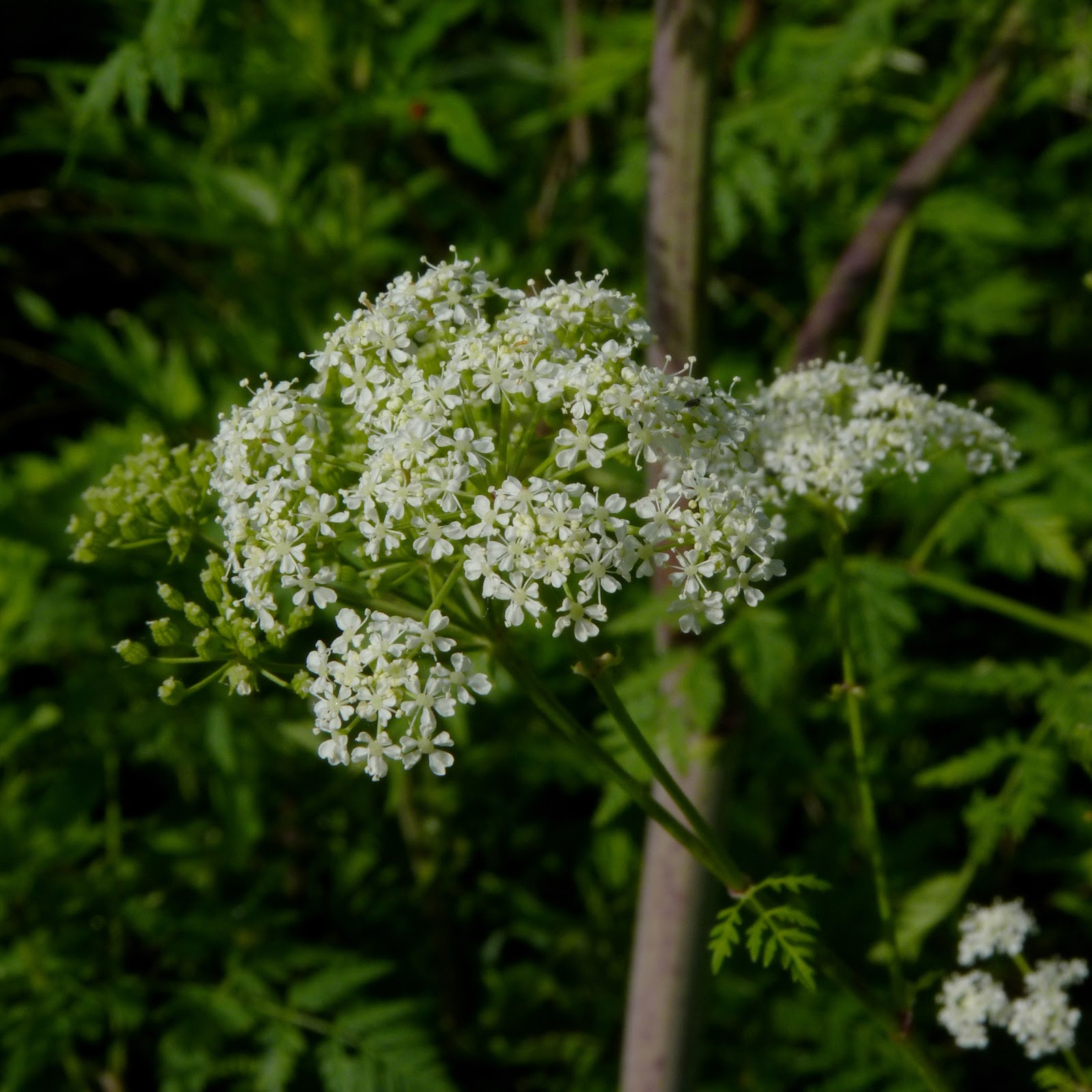
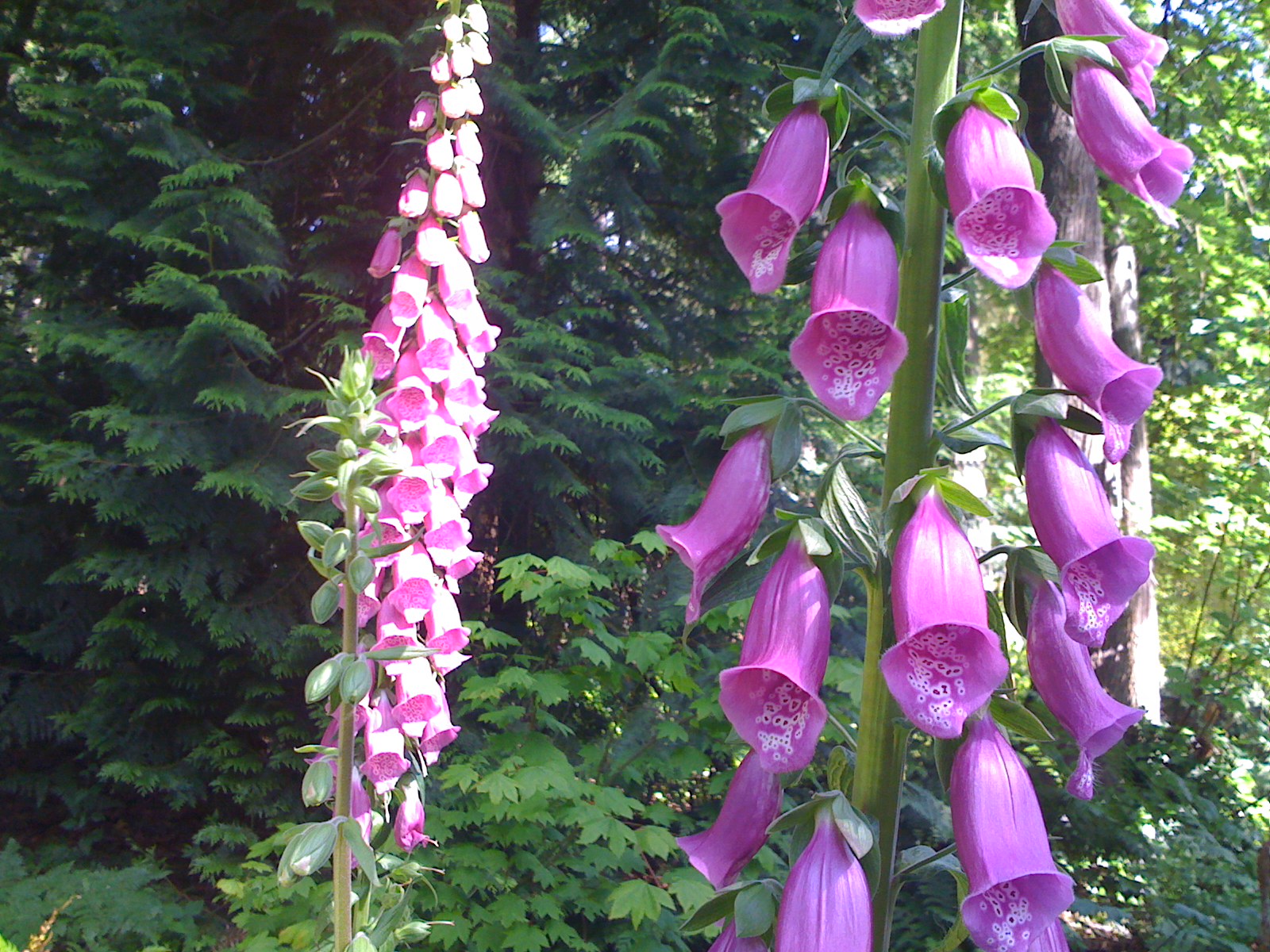

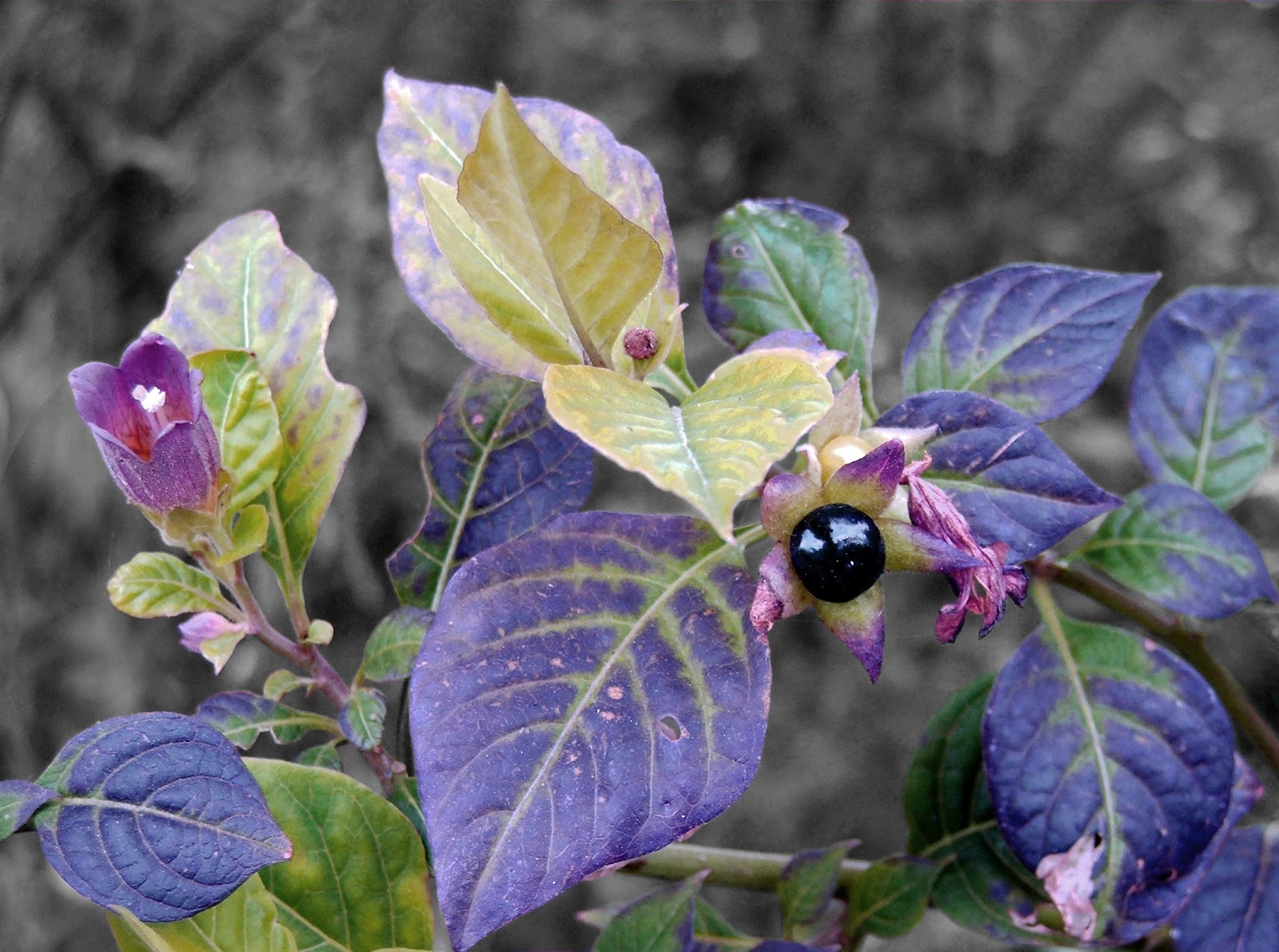


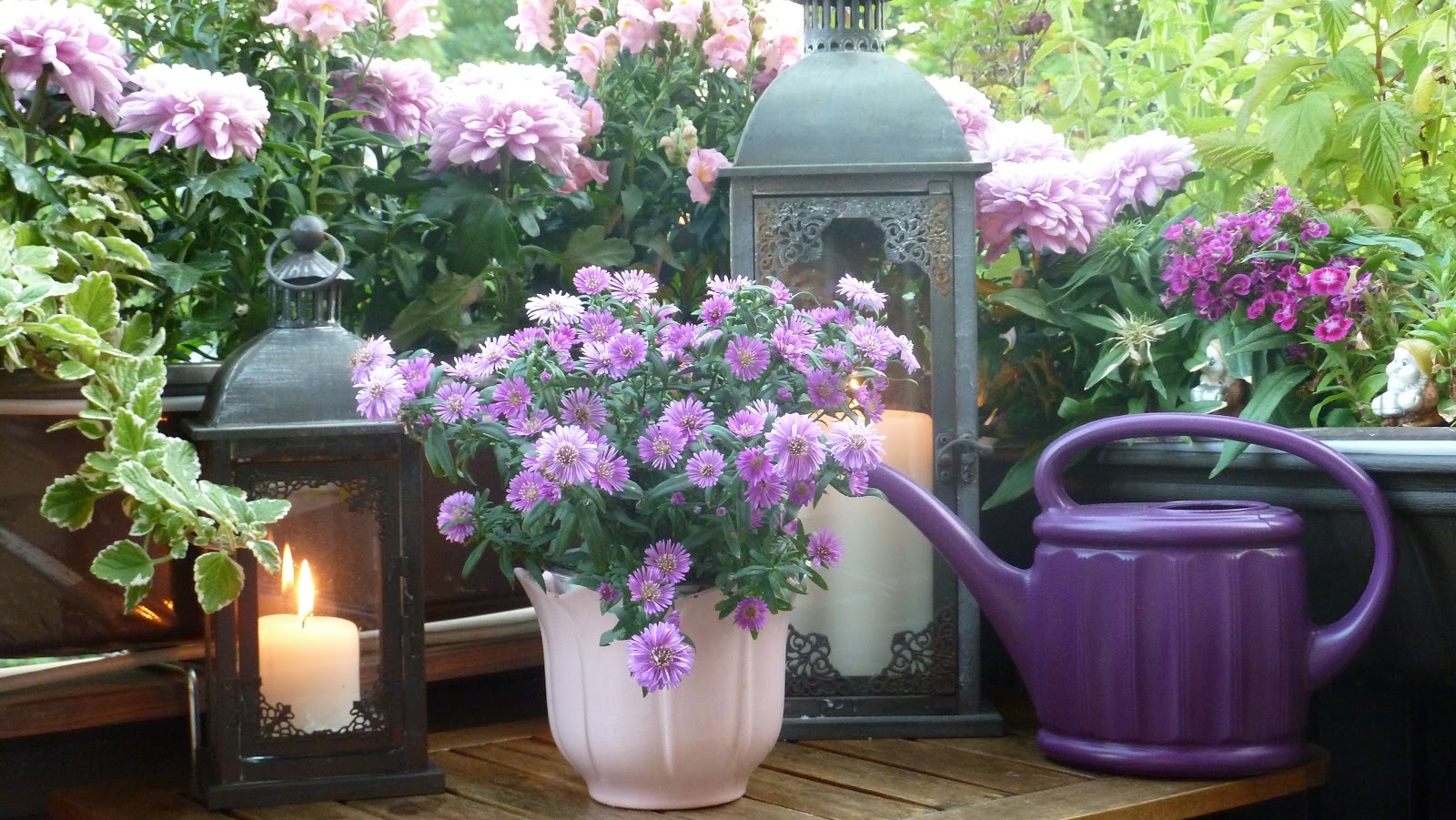
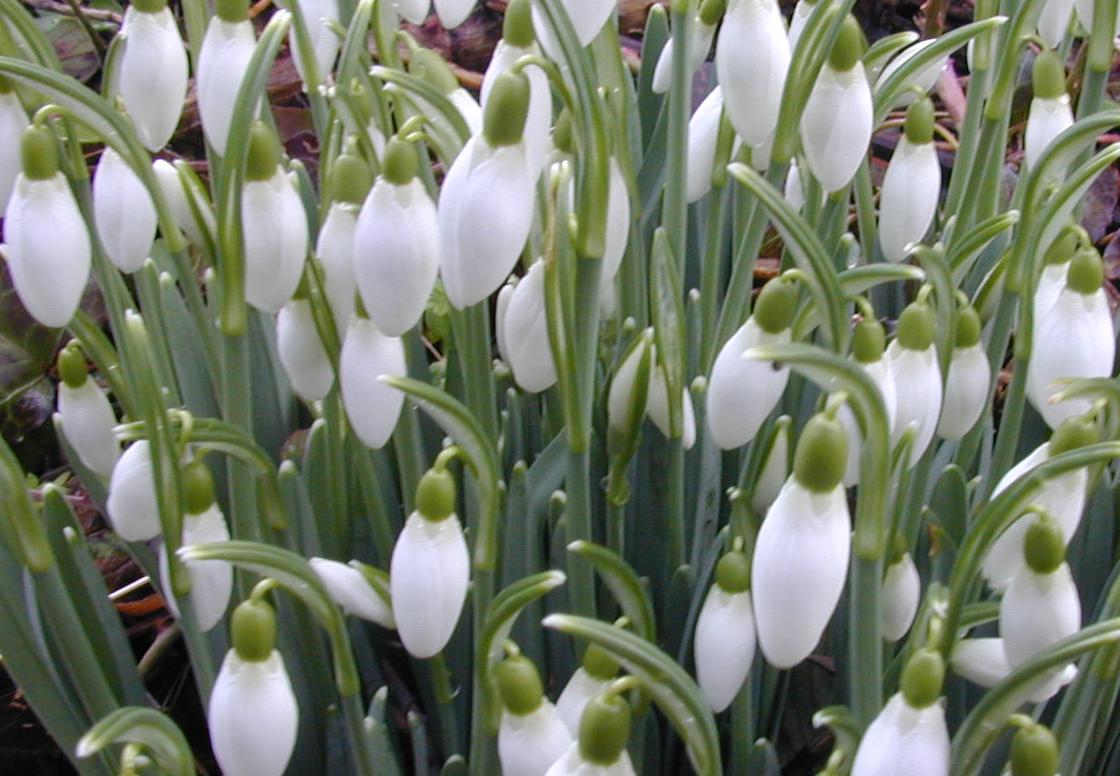
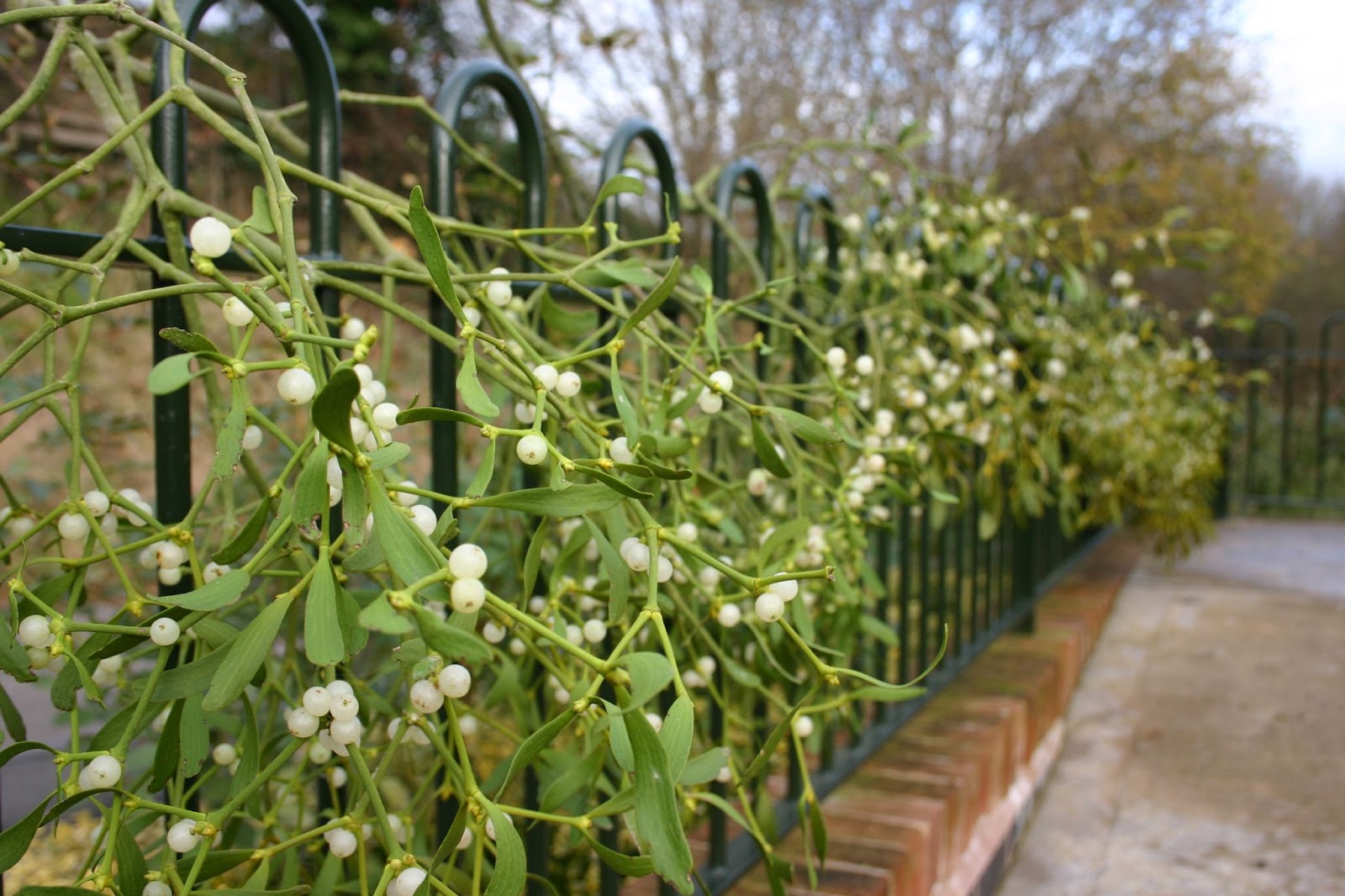















Comments
With reference to nettles and using dock leaves to alleviate the rash... try plantain leaves, they are way better!